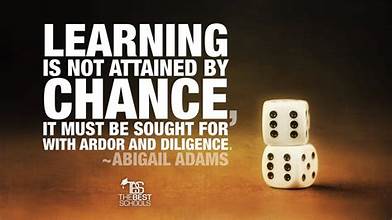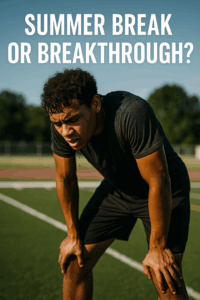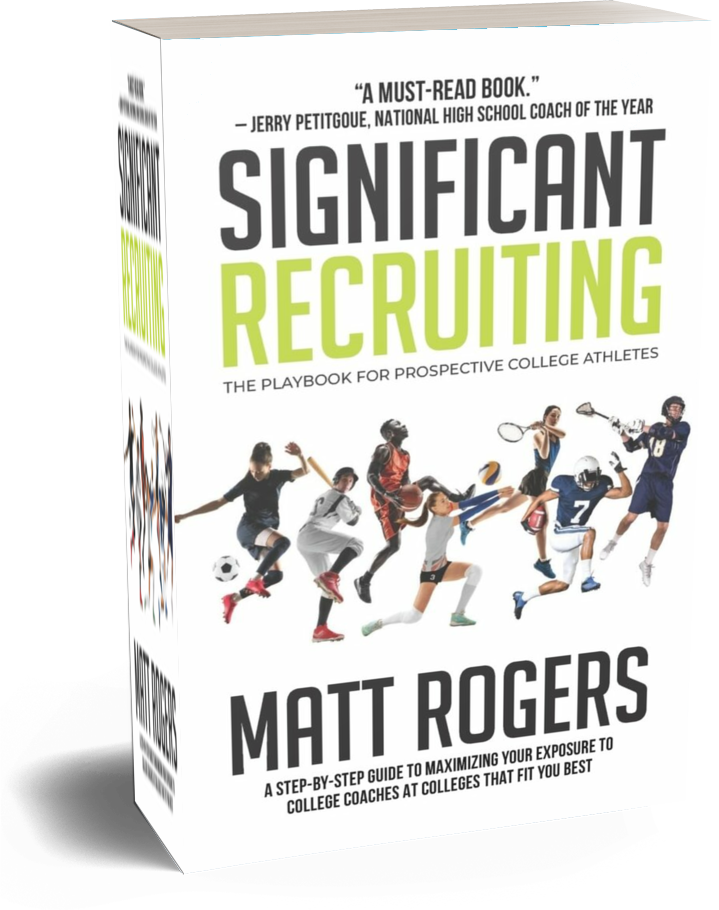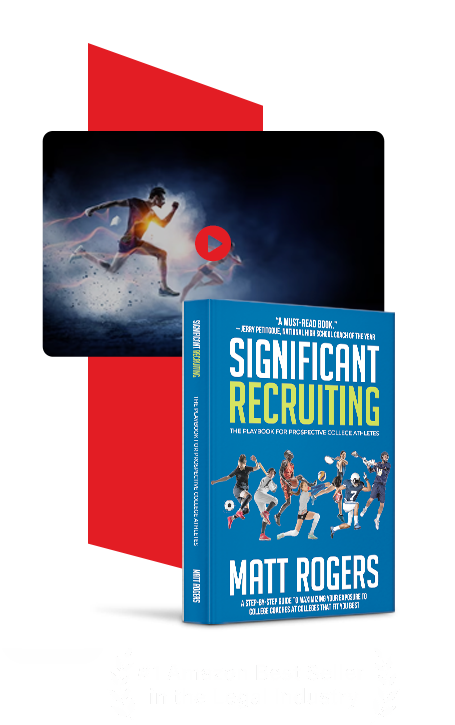“Learning is not attained by chance; it must be sought for with ardor and diligence.” – Abigail Adams
The high school and college kids I work with are always asking me for advice on drills and exercises to develop their strength, conditioning and skill set. I love those calls and texts because it speaks to their desire and passion to get better, and nothing motivates me more as a coach than when kids ask for help!
As a guy who has made the idea of “significance” his professional and personal focus, I want the kids I work with to understand that most drills and exercises done routinely will make you better, but whatever you need to improve your body and your game, there should be a purpose to it. Swimmers need to strength train differently then Football players. Baseball pitchers need to train differently than Softball pitchers, for example.
So, let’s talk about figuring out your purpose first. I have a volleyball client right now who wants to jump higher and improve her block and approach jump. If her purpose was only to jump higher, I could give her dozens of drills to do to improve her vertical. However, she wants to be able to jump higher for two very specific reasons: (1) She wants to be able to get higher to spike a ball over defensive blockers and (2) She wants to be able to get higher to block the attackers on the other side who want to kill the ball down to score. Both are very different jumps and need to be trained differently
Knowing this, it is important that she focuses her plyometric and weight training on the footwork that is similar to jumping to strike a volleyball and jumping to block at the net. We can then device explosion training mirroring the footwork of each of those distinct actions.
Similarly, I often see basketball players in the gym doing set after set of bicep curls. Biceps are important muscles to develop, but when you think about what muscles a basketball player uses each day to dribble, pass, and shoot, it is the legs, core, shoulders, and most importantly, the triceps that are used the most. When developing that basketball player workout, I would have them demonstrate dribbling, passing and shooting, so they could see how much they are using their triceps to do all 3 actions much more than their biceps. We would then device a strength program that replicates the movement and motion of those actions using weights and bands.
For those of you who are just getting started with strength and conditioning and just want to start with a base of exercises, here are my recommendations to work into your workout each week:
Conditioning:
- Interval Running (:45 second walk followed by :45 second jog/run – increase time as your lung capacity improves)
- Short distance sprints
- Hill sprints
- Lateral slides
- Skips (for height and distance)
- Jump rope (try and go for 1-minute straight without stopping – increase time each week)
- Burpees
- Mountain Climbers
Dynamic Stretching: Focus on your big joints: knees, hips and shoulders.
- Walking lunges and hamstring stretches
- Ballerina stretches (IT band)
- Lateral slides
- Lateral leg whips
- Shoulder and pectoral stretches
- Core turns
Strength Development:
- Push-ups (mix-up the distance between your hands)
- Pull-ups (mix-up your grips and distances between hands)
- Dips
- Seated and Standing Rows
- Squats, Split Squats and Lunges
- Planks
- Side Plank Curls
- Tennis ball squeezes
- Finger-tip push-ups
- Crunches (flat, knees up, incline and decline)
Plyometrics:
- Straight Leg Quick Hops
- Alternating High Knee Runs
- Double Knee Explosions
- Ladders
- Shuttle Runs
The key to significant training is understanding what type of athlete you are and finding ways to replicate the actions you use daily and need to keep your body strong and healthy, so you can perform those actions over and over throughout a long season. Then it is about creating a routine, so you are developing those skills each week consistently. Always listen to your body. You know the difference between sore and hurt. If it hurts, you are doing it wrong and you need to stop and ask a coach or athletic trainer for advice. When in doubt, never hesitate to email me at info@coachmattrogers.com. I am always happy to help where I can.
Interested in Coach Rogers’ Book on College Recruiting? You can find it here: https://coachmattrogers.com/book/
Want to schedule a free 30-minute strategy session with Coach Rogers? You can do so here: https://coachmattrogers.com/contact/







